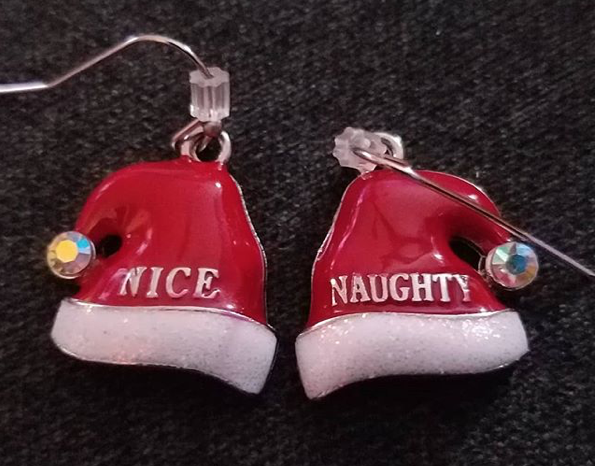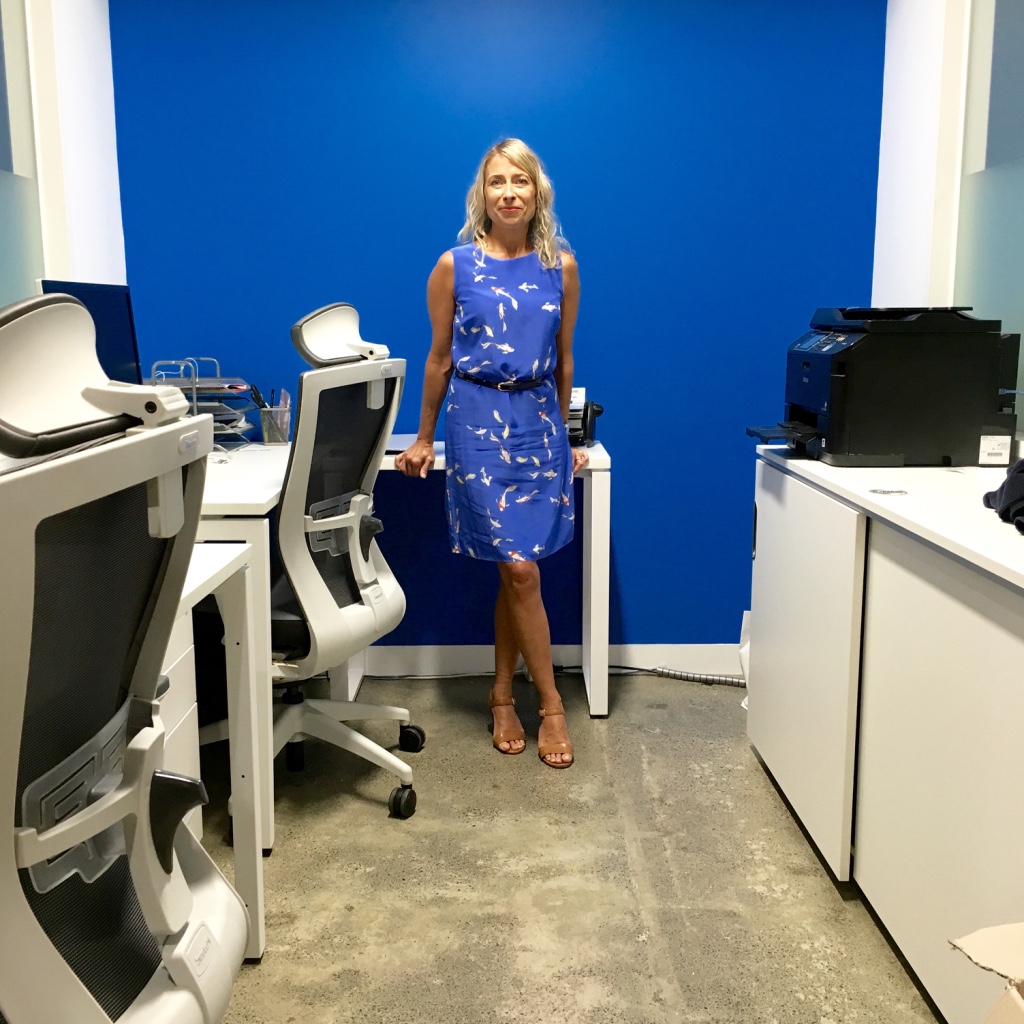Back in the early ‘90’s, I was the first person in the publishing house I worked for (major international publisher, not naming any names!) to get my own computer. It was an Apple Mac. It was delivered through the doors of the publicity department to my desk in a big (read ‘BIG’) box. It had a lot of additional stuff with it that you don’t see today. It was huge. But so exciting. Everyone stood around and said ‘ooh’ and ‘aahh’ as this new age beauty was unveiled and carefully arranged on a special desk next to mine.
It was remarkably easy to use. My colleague Samantha and I would stay late playing games, learning how to use the mouse and having fun with this fascinating tool.
It revolutionised the way I worked and being young, I taught myself pretty much everything I needed to know to do my job. While the art department across the hallway was still cutting and pasting book cover designs using scissors and glue, I was whizzing my way though mail merge for book launches and events and bashing my way through press releases. Auto delete had an instant ‘wow factor’. Until then, I had been staying late meticulously typing up sheets of journos’ names for book review distributions. I would type the same name over and over again onto a page of sticky labels and then start again on another page with another name. You can imagine how long it took to get through a media database of 100 literary reviewers – a lot of late nights. If you made a mistake, you had to go back and use tippex or if you had a fancy typewriter, you had a ribbon that popped up and removed the mistake. Very laborious, especially after a late night typing up sheets of mailing lists.
Fast forward, ahem, a few years and here I am running my own PR company. I’ve been doing it a long time. I’m pretty good at PR actually, it’s a bit of a love of mine. However, as you get older, moving with the times gets harder and you move a bit slower.
The tide started to change around 12 years ago. My sister called me from the UK for a chat. She ran an online fashion company and was doing very well in her niche.
“You need to get into social media, you know Facebook and stuff. It’s where it’s at, “ she said.
I made all the right noises at her suggestion but inside I felt uncomfortable. I was quite happy with the way things were and so were my clients. Our success was measured in column inches and volume and we churned out press clippings and monthly evaluation reports to suit.
The first time I was tagged in a photo on Facebook I was appalled. I hated the photograph. I looked fat and plain and I was horrified that anybody could see it and I’d had no choice in it being there. I couldn’t take it off and so I hit the ‘help’ page and filled out a form which was then sent to my friend to request that the image be removed and I be untagged. It felt very formal and odd but that was my only choice it seemed.
My friend called me in the morning.
“Did I upset you? I got this weird message from Facebook about the birthday photo asking me to take it down.”
“Well yes,” I said. “I’m sorry about that but I tried to remove it myself and I couldn’t and I don’t look very nice in the photograph. I would hate anybody to see it I haven’t seen for years (read ‘ex boyfriends’).
My friend understood and took the photograph down. I spent a lot of time in those days trying to understand Facebook. I literally snorkelled over the top of it, looking at people’s posts and wondering, aghast at their brazen self promotion.
It seemed so unnatural – fully fuelled by ego and showcasing grandiose statements about their lives - a bit of a shocker.
One of my clients caught on around the same time.
“We need to get into this social media stuff,” he said. We all agreed it was a good idea and he sent us all a book on it so we could read up.
I used to read it at nighttime and it mostly put me to sleep. The concept was interesting but it didn’t translate to my world of press clippings. It didn’t fit into any category I could understand, certainly nothing I could imagine working with.
So I left it for a few years. In the meantime, the digital marketing agency was born. At meetings, ‘social media boy’ was rolled out.
“Josh and Julie are social media experts,” clients would say with a sigh of relief.
Josh and Julie would run their PowerPoint presentation and everybody would nod at the right times, a bit like sitting in a French class at school. You could kind of grasp the jist of the conversation but you’d better not be asked to remember any of it – or worse still, get tested.
The Josh’s and Julie’s did very well for a while, blinding everybody with jargon and charging a fortune for it. Clients dug deep and found extra dollars because it was ‘important’ and ‘necessary’ and ‘everybody else was doing it’.
Then slowly, something else crept in. Content. Now you’re talking. They were calling it ‘content’ but it’s just ‘story telling’ - what PR’s have always done. Suddenly this social media thing started to sink in. And the phone started to ring.
“Can you write a blog? Can you re-write my website copy? Can you put together a social media calendar that resonates with my target audience?”
“Yes, no problem – of course we can do that!”
“Can you fix my SEO?”
“Oooh well. We can do key words but get you up to number one. No sorry, we don’t do that. But I can write you a blog or two, I can re-write your website copy to make it sing, we can tidy up your social media content so it aligns with your brand personality. We can write you some great media releases and get you on TV. But SEO, no we can’t do that, sorry.”
“OK – just do all of that and don’t worry about the tricky SEO stuff – I can get someone else to do that.”
“OK, no problem.”
Fast forward 6 weeks, several TV appearances, a scattering of press and radio interviews and many blog articles later and voila – my client hits number one in her ranking on Google.
She called me up laughing. “You know – when I took you on, you said you didn’t do SEO but you actually did do it – and you saved me thousands of dollars.”
The world of PR is changing. Has changed. How fascinating. How thoroughly interesting to be learning on the job and seeing it all unfold at my finger tips, using my existing long established skills in PR, doing what I love and seeing the results play out in a different way, not just press clippings, but rankings, engagement, conversation, excitement and still, always, making a positive difference. I feel very lucky to be part of this industrial revolution and ever curious to see how this changing landscape will continue to affect the way we operate and communicate now and into the future.







